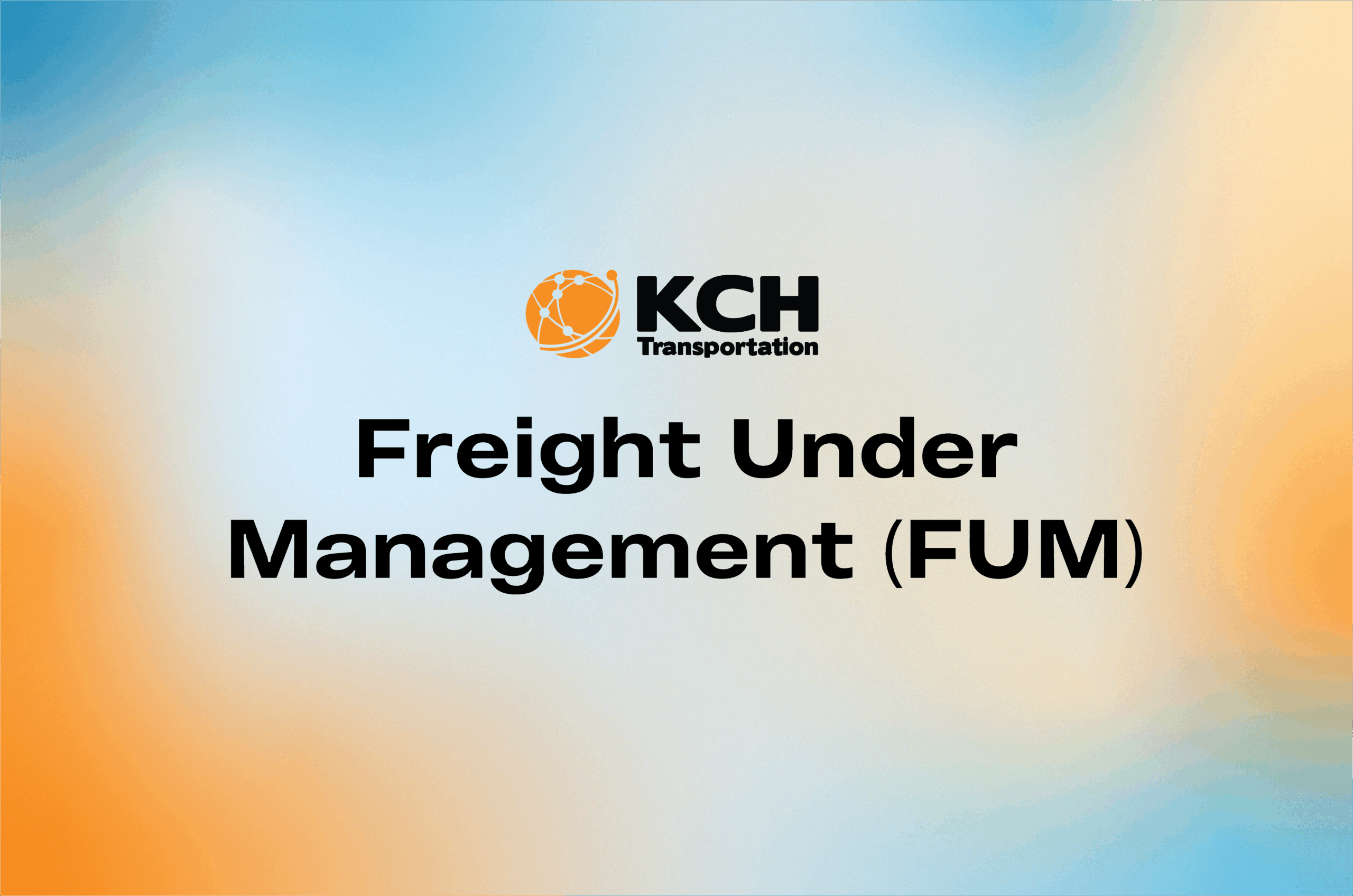The dry bulk shipping sector, which is responsible for moving the world’s grains, ores, and raw materials, is heading towards stormy weather in 2025. This vital industry, once the unsung hero of commodity flows, is now facing multiple headwinds, including declining demand and trade wars, as well as costly detours opened up by geopolitical conflicts.
The coming year does not look promising for shipping operators and global shippers in the bulk transportation sector.
Trade wars sink demand and stability.
More than others, dry bulk carriers are vulnerable to trade frictions, and 2025 is proving no exception. As tariffs escalate between the U.S. and partners such as China and the EU, cargo flows are shifting and, in some instances, disappearing altogether. One example is China’s shift away from U.S. soybeans toward Brazil, creating a new trade map that has left American exporters stranded.
While bulk freight carriers thrive on set routes, these carriers have had to struggle through the chaos. The Baltic Dry Index registered a drop of 21% between March and April 2025. This highlighted the gloomy scenario of decreasing demand and shaky market sentiment.
Fleet growth vs. freight demand: A dangerous imbalance
While demand is taking a hit, development in the fleet is not entirely holding back. Supramax and Ultramax fleets will continue growing by up to 5% in 2025. However, with demand expected to remain virtually flat or even shrink in some sub-sectors, we will continue to face a dangerous oversupply situation.
Increased shipping capacity and fewer shipments have led to depressed freight rates and greater competition, forcing many carriers to adopt aggressive pricing strategies to sustain themselves. The consequences? It means less margin to work with, higher operating costs, and less financial flexibility for innovation or compliance upgrades.
Red sea tensions and rising route risks
Adding to the challenges are interlacing geopolitical flare-ups. The Red Sea, a key artery in global shipping, has become a high-risk zone. Surging Houthi rebel attacks on vessels threaten the free flow of goods through the Suez Canal, which forms one of the key intermodal freight shipping routes between Asia, Europe, and Africa.
These attacks are not isolated cases. They do happen very often, with a focused target, and are expensive enough to compel shipping companies to avoid the Cape of Good Hope. The alternative is a longer route, which results in higher pearl costs, longer delivery times, and a multitude of logistics to balance down the supply chain.
Regulations and retrenchment in new builds
Pushing greener options meant that building new vessels got more expensive. Now, a Capsize ship built to meet emission standards can be priced at over $60 million. Many firms are thus understandably hesitant about sending out orders when used ships can be procured at nearly 85% of the price.
New orders for dry bulk vessels were down by 26% just in the first quarter of 2025. Scaling up is not a common trend nowadays; instead, more carriers prefer to sit tight or opt for time charter arrangements, in which risk is shared between shipowners and charterers.

What comes next?
In the dry bulk category, shipping witnessed its brighter days in early 2020, while 2025 demands strategic restraint, operational agility, and long-term risk management. Bulk shippers will need to navigate through the turbulent waters of this year with delicate precision, whether that means adjusting fleet sizes, choosing smarter routes, or investing in safer vessels.
For bulk transportation companies that depend on global commodity flows, the viability may depend less on how fast you move and more on how wisely you adjust.
Want to be ahead of the shipping curve? Whether you are a carrier, shipper, or logistics provider, knowing the changing dynamics of bulk freight carriers and intermodal freight shipping will prove invaluable. Be aware, be agile, and keep your business ready for whatever tide rolls in.



